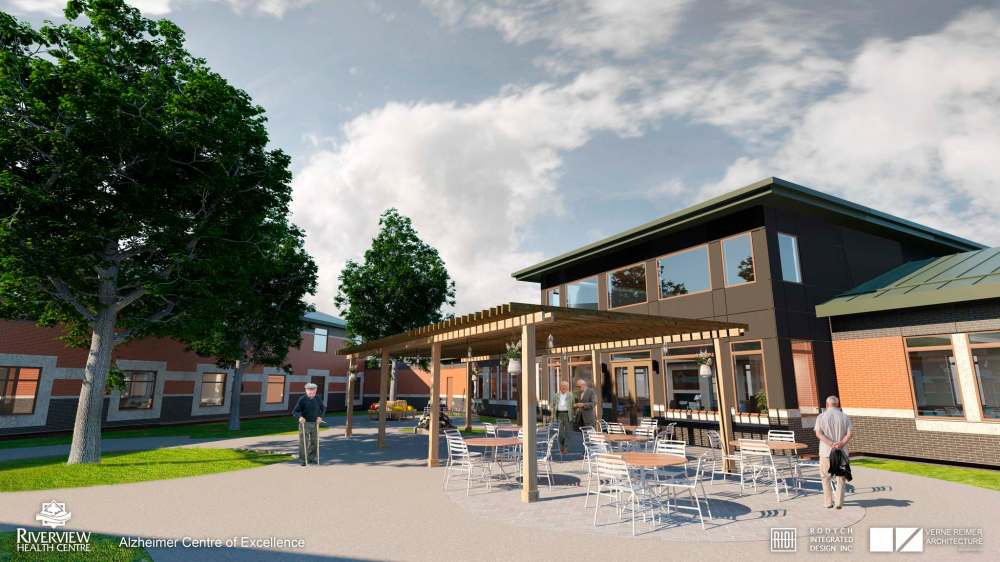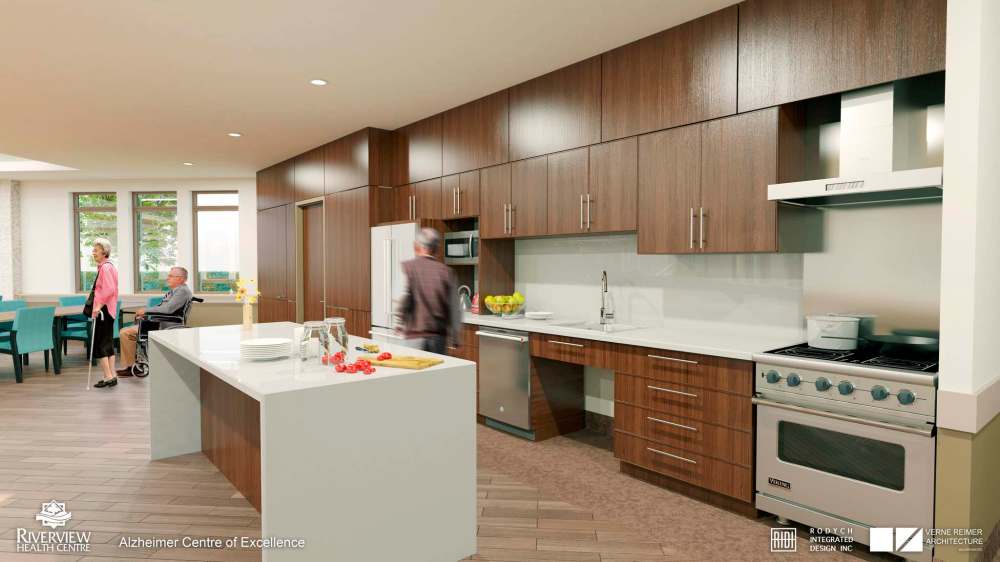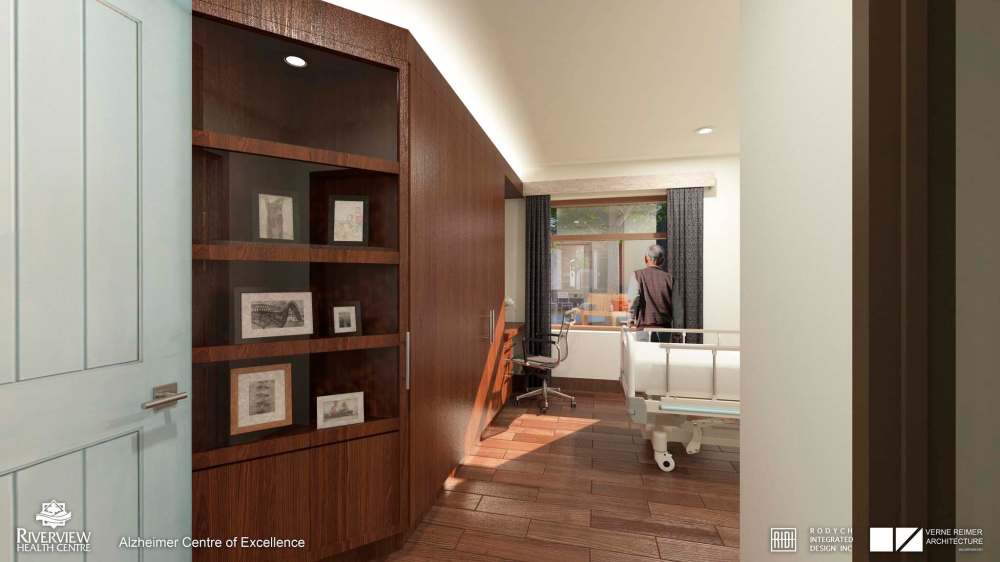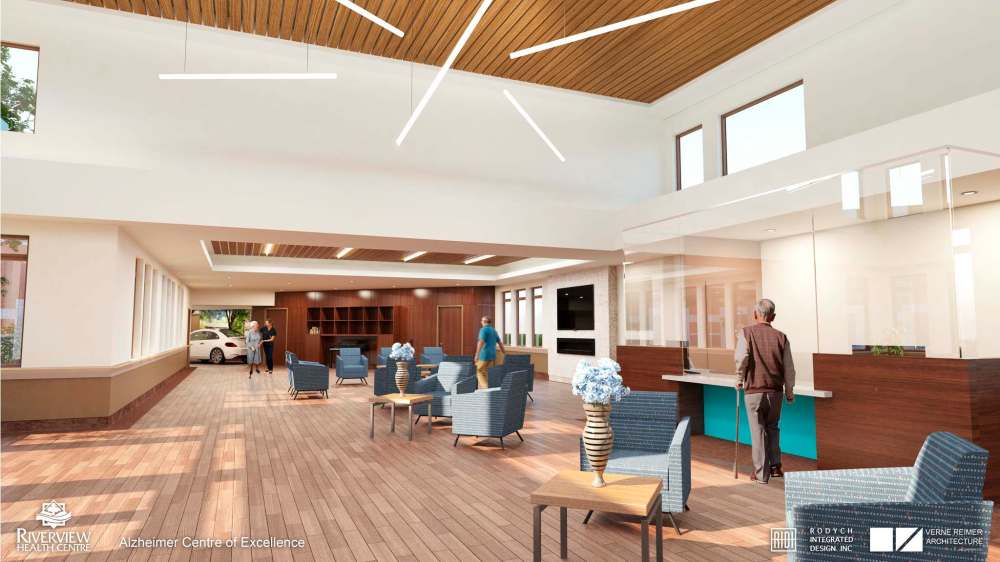Safer by design
Moving from institutional treatment centres to 'small-house' settings
Advertisement
Read this article for free:
or
Already have an account? Log in here »
To continue reading, please subscribe:
Monthly Digital Subscription
$1 per week for 24 weeks*
- Enjoy unlimited reading on winnipegfreepress.com
- Read the E-Edition, our digital replica newspaper
- Access News Break, our award-winning app
- Play interactive puzzles
*Billed as $4.00 plus GST every four weeks. After 24 weeks, price increases to the regular rate of $19.00 plus GST every four weeks. Offer available to new and qualified returning subscribers only. Cancel any time.
Monthly Digital Subscription
$4.75/week*
- Enjoy unlimited reading on winnipegfreepress.com
- Read the E-Edition, our digital replica newspaper
- Access News Break, our award-winning app
- Play interactive puzzles
*Billed as $19 plus GST every four weeks. Cancel any time.
To continue reading, please subscribe:
Add Free Press access to your Brandon Sun subscription for only an additional
$1 for the first 4 weeks*
*Your next subscription payment will increase by $1.00 and you will be charged $16.99 plus GST for four weeks. After four weeks, your payment will increase to $23.99 plus GST every four weeks.
Read unlimited articles for free today:
or
Already have an account? Log in here »
Hey there, time traveller!
This article was published 17/03/2018 (2773 days ago), so information in it may no longer be current.
Eleven years ago, architect Robert Wrublowsky was lauded for his design for a personal-care home in Manitoba.
It was cited as a model for the future and won an award. His daughters volunteered at the facility, and he got to know the staff and residents. That’s when he started to become aware of problems with his personal-care home model. Soon, they wouldn’t just be other people’s problems.
“Four years ago, my mom was diagnosed with vascular dementia,” Wrublowsky told a crowd at a recent dementia care conference in Winnipeg. “How could I make a difference?”

The architect began poring over 2,600 research papers about the best evidence-based designs.
“It’s about leveraging all the research and coming up with a better outcome.”
The solutions, in many cases, are simple. For example, having a clear sight line from the bed to the toilet cut down on incontinence because people can see where they need to go, he says. Fifty per cent of falls are related to going to the bathroom and happen on the way to the toilet. A continuous handrail from the head of the bed to the washroom will drastically reduce falls. Contrasting colours in floor patterns are associated with greater risk. Poor chair designs that make it harder to stand up also contribute to incontinence and falls.
However, he doesn’t believe the province is taking advantage of the latest research in its plans to build hundreds of new personal-care home beds.
“We can’t continue to build the same kind of facility we’ve been building,” says Wrublowsky, who specializes in the planning and design of environments for the elderly. He is the principal architect at MMP Architects Inc. and has the EDAC (evidence-based design and accreditation) certification from the U.S. Center for Health Design.
As the baby boom ages, the number of people 85 and older is expected to double, and nearly half will develop some form of dementia, he says.
“We can’t continue to build the same kind of facility we’ve been building.”–Architect Robert Wrublowsky,
“The demographics of the personal-care home will be changing dramatically over next 10 to 20 years,” says Wrublowsky, who has researched personal-care homes throughout Canada and the U.S. “We’re not going to meet the needs.”
In March 2016, just prior to the provincial election, Progressive Conservative Leader Brian Pallister promised to build facilities for 1,200 new personal-care home beds.
“Manitoba has not had an increase in personal-care home beds in the last five years,” Wrublowsky says. When Pallister became premier, the architect was invited to join a provincial task force preparing new design guidelines.
“I was hopeful that with the start of the Pallister government stepping up and initiating a task force immediately there would have been some positive movement towards adopting research and building a better PCH. This task force and the recommendations that came out of it seem to have been lost.”
When the first round of requests for proposals for new personal-care home beds came out, the province put the regional health authorities in charge, he says.

“With a new surge of requests for proposals, I get a sense that we still don’t get it,” he says. “There seems to be no interest in referencing the design guidelines as a resource. Right now, I’m fairly dismayed.”
Staying with an institutional “treatment centre” model for large groups of residents with a shared dining room and a nursing station as its nerve centre isn’t saving money or promoting quality care, he says, pointing to evidence found in reams of peer-reviewed journals and studies.
The research suggests that a “small-house model” is best for residents. Groupings of 12 or fewer people sharing a living area and meals feels more like a family setting than an institutional one. An added benefit is the incidence of resident-to-resident aggression is reduced, studies show.
Small-house model facilities are less costly to build and operate but the recommendations have been ignored, he says.
“It’s appalling,” he says. “There is no small-house model going forward in last round of proposal calls.”
“We have building codes that aren’t relevant to what we’re doing,” he says, adding regulations for care homes are supposed to be “gentler,” but there are still requirements for mechanical and electrical systems that are the same as those for acute-care hospitals.

“We’re investing $160 million over the next eight years. What’s missing is evidence-based design.”
That’s what Riverview Health Centre is attempting to do with its Alzheimer Centre of Excellence (ACE) project.
It’s transforming a 20-year-old, 60-bed institutional-size setting into smaller, family-size pods, each with space for five residents. Residents’ rooms will have different doors to help them recognize which is theirs, as well as recorded messages played at individual doorways and in each ensuite bathroom to assist in remembering daily routines.
ACE includes an outdoor courtyard connecting the pods that residents can freely move through and lighting geared to circadian rhythms that replicate natural light, to alleviate night-time wandering.
The University of Manitoba’s Centre on Aging will conduct research at the facility.

The $7.6-million project is being fully funded by Riverview Health Centre Foundation through donations, including $4 million from philanthropist Paul Albrechtsen. The first pod is expected to be ready next month; all of the components are expected to be completed in about a year.
carol.sanders@freepress.mb.ca

Carol Sanders
Legislature reporter
Carol Sanders is a reporter at the Free Press legislature bureau. The former general assignment reporter and copy editor joined the paper in 1997. Read more about Carol.
Every piece of reporting Carol produces is reviewed by an editing team before it is posted online or published in print — part of the Free Press‘s tradition, since 1872, of producing reliable independent journalism. Read more about Free Press’s history and mandate, and learn how our newsroom operates.
Our newsroom depends on a growing audience of readers to power our journalism. If you are not a paid reader, please consider becoming a subscriber.
Our newsroom depends on its audience of readers to power our journalism. Thank you for your support.



